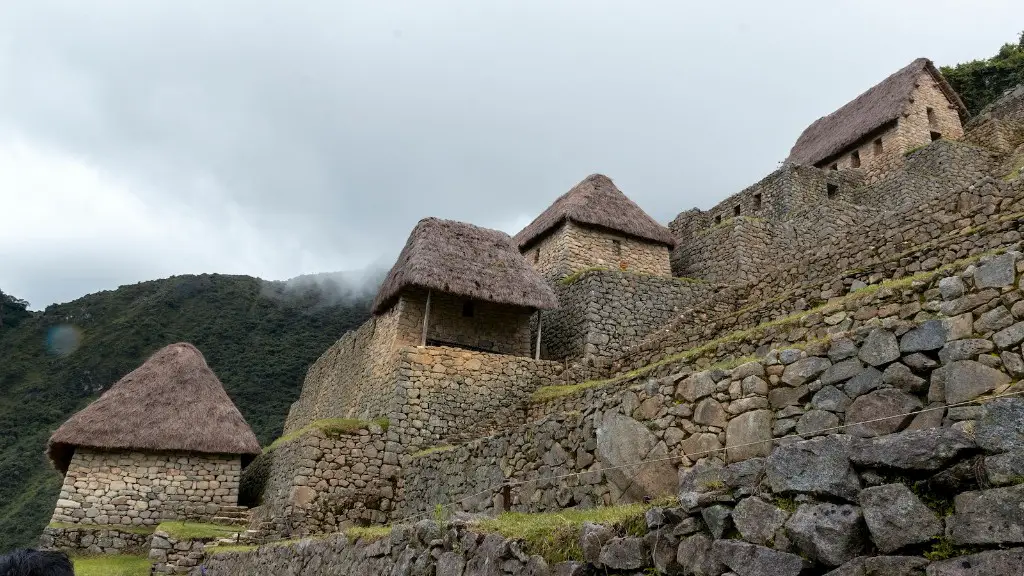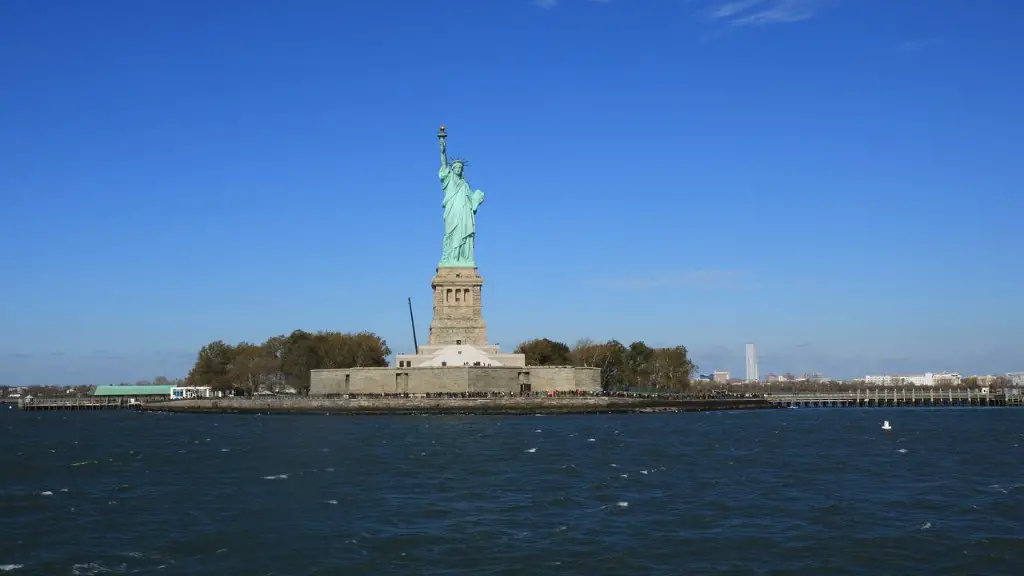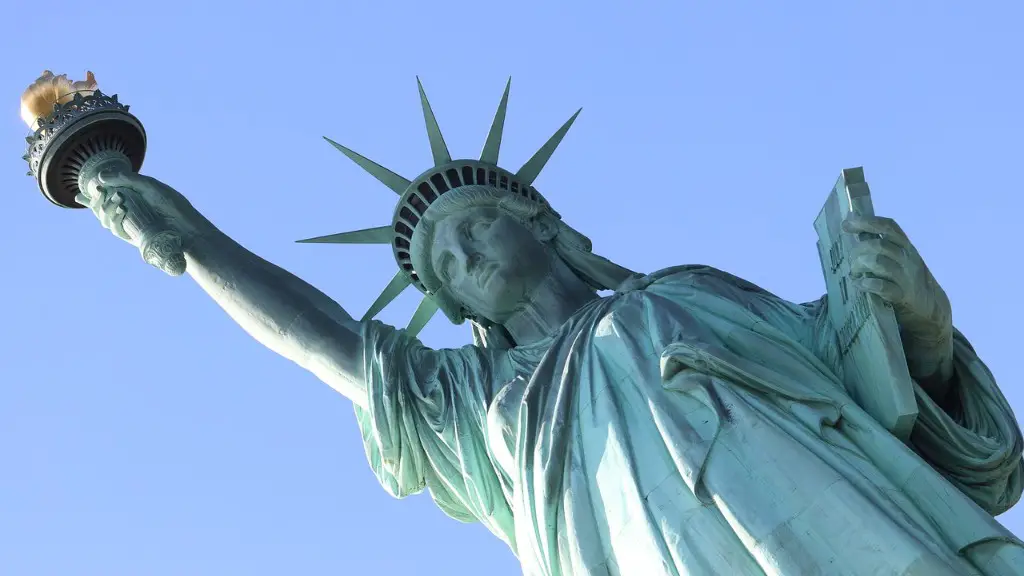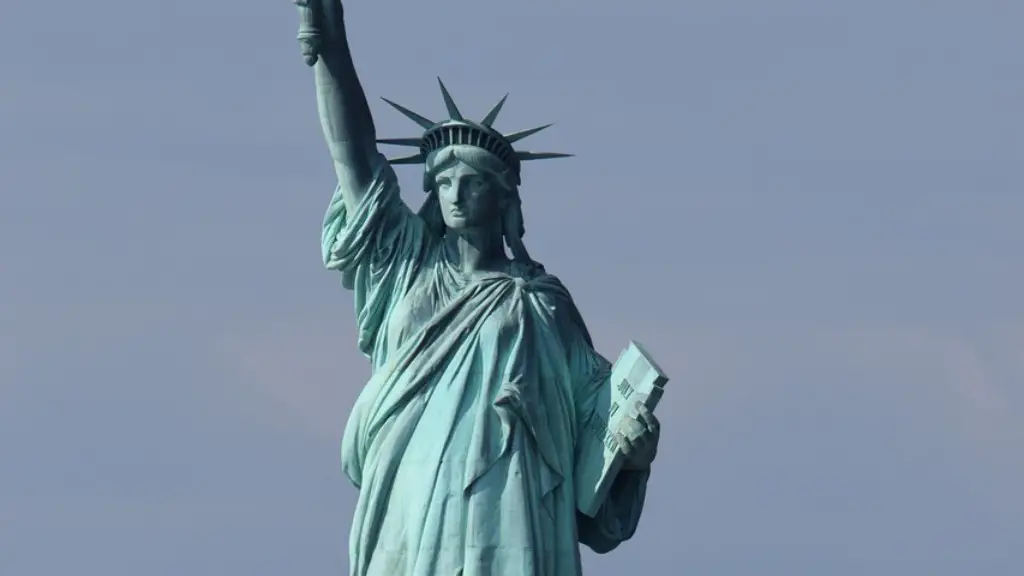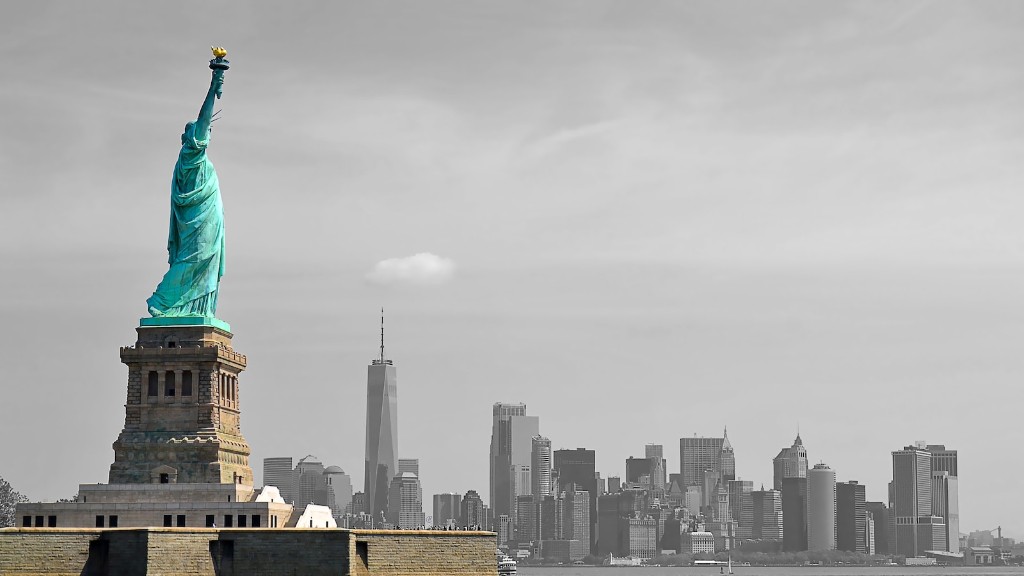Machu Picchu is an Inca citadel set high in the Andes Mountains in Peru. Mostly built in the 15th century, it was abandoned less than a century later, and most of the site’s buildings were reclaimed by the jungle. The site was unknown to the outside world untilAmerican historian Hiram Bingham brought it to global attention in 1911.
The elevation of Machu Picchu is 2,430 meters (7,970 feet).
Will I get altitude sickness at Machu Picchu?
If you are worried about altitude sickness, please bear in mind that almost three million people visit Cusco and Machu Picchu each year with only a small percentage suffering from altitude sickness. Cusco and Machu Picchu have good medical facilities available, so if you do experience any symptoms, please seek medical help immediately.
If you’re planning on visiting Machu Picchu, be aware that the elevation is quite high. Your body may need some time to adjust to the lack of oxygen, and you may still feel the effects even after acclimating. Be sure to drink plenty of water and take it easy while you’re there.
How high is Machu Picchu hike
The Inca Trail is one of the most popular hiking trails in Peru. The trail leads to the ancient city of Machu Picchu, which is one of the most popular tourist destinations in the country. The hike typically takes 4 days to complete while reaching a maximum elevation of 13,828 feet (4,215 meters). The trek is challenging, but with a good fitness routine prior to the hike most hikers complete the trek. Once you reach Machu Picchu there are two hiking options: Machu Picchu Mountain and Huayna Picchu.
If you are planning to visit Machu Picchu, it is recommended to first transfer to the Sacred Valley to acclimate to the higher altitude. Cusco sits at a higher altitude than Machu Picchu, so by spending a few days in the Sacred Valley first, you can avoid any potential issues with altitude sickness.
Can you brush your teeth with water in Peru?
Peru has a lot of great things to offer, but unfortunately the water is not one of them. The water is not safe to drink, but it is safe for things like showering, cleaning your teeth, and washing salad. So if you’re looking to stay healthy while in Peru, be sure to stick to bottled water and avoid any contact with the tap water.
The CDC recommends malaria prophylaxis when visiting any of these locations: Bolivia, Brazil, Colombia, Ecuador, French Guiana, Guyana, Peru, Suriname, and Venezuela. There is no malaria risk for travelers visiting only the popular highland tourist areas of Cusco, Machu Picchu, and Lake Titicaca.
How much does it cost to climb Machu Picchu?
The Inca Trail is one of the most popular trekking routes in the world and is known for its stunning scenery and its connection to the ancient Inca civilization. The trail itself is around 26 miles long and takes four days to complete. The average cost of the Inca Trail trek is around $800 per person. This price includes the cost of the permit, guide, and porter services. The Santa Teresa route is an alternative trekking route to Machu Picchu that is shorter and cheaper than the Inca Trail. The Santa Teresa route is around 10 miles long and takes two days to complete. The average cost of the Santa Teresa trek is around $ 2024.
If you are traveling to Lima or any of the highland tourist areas, be aware that there is a risk of malaria and yellow fever. Be sure to drink only bottled water and avoid tap water and drinks with ice.
How long does it take to climb Machu Picchu
Assuming you are asking how long it would take to hike the Classic Inca Trail route to Machu Picchu, it would take on average 4 days and 3 nights. This data is based on average times taken by hikers on this particular route.
Absolutely! You don’t need any technical skills to trek to Machu Picchu. However, that doesn’t mean you can just rock up in a pair of hiking boots and get trekking. As with any multi-day expedition, you need to train and get as fit as you can before you depart.
Can you climb Machu Picchu in a day?
The Inca Trail Express hike to Machu Picchu is a full day of hiking, covers approximately 8 km (5 miles), and generally takes 5-8 hours The total elevation gain is 1,700 feet, from the start of the hike to its highest point.
Assuming you are reasonably fit, walking down from the entrance of Machu Picchu to Aguas Calientes should take you approximately 1 hour. The path is mostly downhill and is well-maintained, so you should be able to make good time. Enjoy the views of the surrounding area as you walk!
How hard is it to climb Machu Picchu
The basic difficulty of the Machu Picchu trek is considered to be a moderate level hike. The43 km (26 mi) long and often steep, you will hike over four days at an elevation nearing 13,828 feet (4,215 meters).
Machu Picchu is open again!
The Inca citadel of Machu Picchu was closed for nearly three weeks due to the Peruvian political crisis, but it has now reopened.
The closure caused significant losses for Peru’s tourism industry, as the site is one of the country’s most popular attractions.
Around 1,000 tourists visit Machu Picchu every day, and the site is a major source of income for the local community.
We’re glad to see that Machu Picchu is open again and that visitors can once again enjoy this amazing place!
Is it hard to breathe in Cusco?
The Incas were great connoisseurs of natural medicine and used coca leaves to counteract soroche, quechua for high-altitude sickness. For some visitors, the first hours in Cusco can be summarized as: shortness of breath, a discomfort in the body, dizziness, headaches, stomachaches, even vomiting. Coca leaves help to ease these symptoms by increasing oxygen flow to the brain and helping the body to adjust to the high altitude.
If youflush paper down the toilet in Peru, it will cause serious problems with the plumbing and septic system. The proper way to dispose of paper waste is in the trash can next to the toilet.
Warp Up
The elevation of Machu Picchu is 2430 m.
Machu Picchu is a mountain located in Peru.
